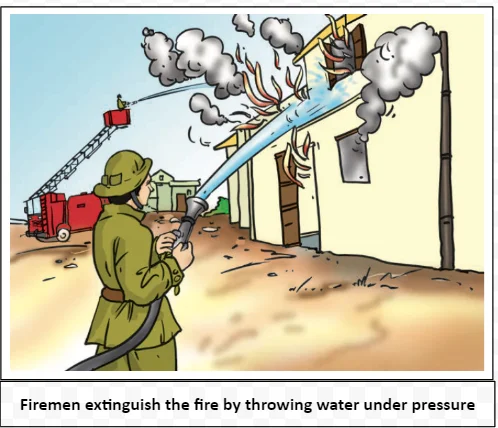![]() 18 Dec 2023
18 Dec 2023
Fire control and safety management, with its central focus on fire control and prevention measures, places significant emphasis on identifying and removing potential fire hazards both within and outside the building. This entails identifying and removing potential fire hazards both within and outside the building, as well as establishing sound housekeeping practices.


Understanding Fuels: Characteristics, Types, and Criteria for Efficient Combustion
|
Calorific Values of Different Fuels |
|
|---|---|
| Fuel | Calorific Value (kJ/kg) |
| Cow dung cake | 6,000 – 8,000 |
| Wood | 17,000 – 22,000 |
| Coal | 25,000 – 33,000 |
| Petrol | 45,000 |
| Kerosene | 45,000 |
| Diesel | 45,000 |
| Methane | 50,000 |
| CNG | 50,000 |
| LPG | 55,000 |
| Biogas | 35,000 – 40,000 |
| Hydrogen | 150,000 |
Conclusion
<div class="new-fform">
</div>